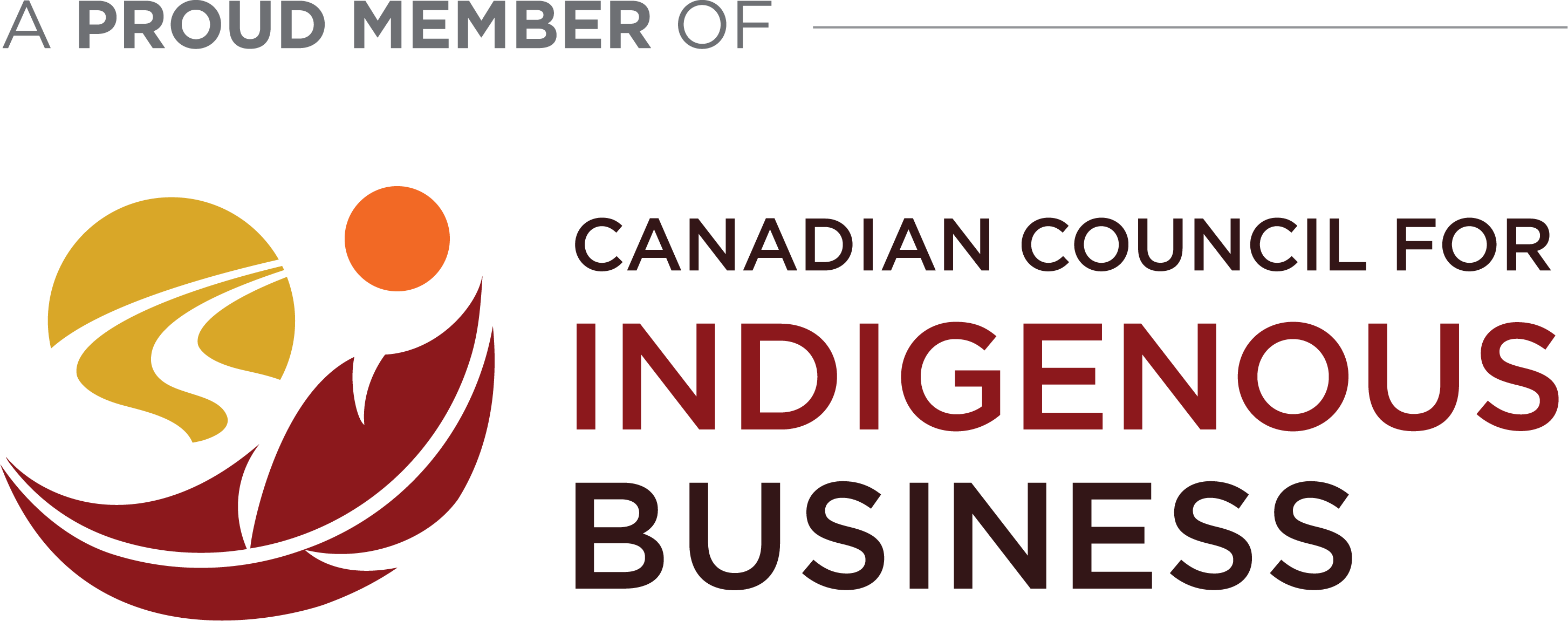Government regulation has long been the traditional mechanism employed to avoid environmental degradation. These Command and Control (CAC) policies tell companies what the environmental standards are and how to meet them.
Consider popular environmental policy: emission standards, equipment specifications, disclosure requirements, etc.
In recent years, CAC policies have been criticized for discouraging innovation. However, these policies didn’t gain popularity without reason. When employed correctly, imposing fixed standards can quickly change industry behaviour. When time is of the essence, this is essential. CACs are also efficient to use when pollution is coming from one identifiable source. Think of it like this; if only a handful of people owned vehicles, it would be easy to impose fixed standards, allocating a maximum amount of travel time each day in an effort to reduce green house gas emissions. As more vehicles are added to the road, it becomes more difficult to monitor each and every one. Eventually, the amount of people driving outweighs the number of enforcement officers, and the policy becomes nearly impossible to implement successfully.
Filling the Policy Gap
When CACs become inefficient, Market-based Instruments (MBIs) can fill the policy gap. Simply put, MBIs are policy instruments that provide polluters with monetary incentives to reduce their emissions. There are different types of MBIs, grouped into two broad categories:
- Transferable permits
- Taxes and subsidies
Market-Based Instruments: Transferable Permits
Transferable permits are most common under a cap and trade system. This is when government sets an emissions threshold and the associated industry must figure out how, as a group, to stay under that threshold. Each company is allocated a number of permits and some of these companies will develop new technologies to reduce their emissions further, selling their remaining allocated permits to other companies still emitting above the threshold. When MBIs establish a new market, (i.e. where buyers and sellers trade environmental credits), each transaction has the potential to decrease environmental degradation while also adding additional value to the economy. Once thought of as two mutually exclusive goals, under this system, it is possible to achieve both at the same time.
Market-Based Instruments: Taxes and Subsidies
Taxes and subsidies have been employed as a mechanism to change industry behavior for much longer than transferable permits. Rather than setting an emissions cap, companies can choose at what point emissions become too expensive due to the tax rate. This gives polluters a strong incentive to continually reduce their emissions by investing in new technologies or purchasing additional offsets.
The Future of Environmental Policy in Alberta
CACs and MBIs are both instrumental for strong environmental policy. With Alberta’s governmental policies seemingly shifting more towards MBIs (e.g. the carbon levy), we will likely see large emitters increase their investment in green solutions in the coming years. Furthermore, the Biodiversity Management Framework is setting the stage for the potential use of transferable permits by determining ecological thresholds for a number of indicators (i.e. caribou habitat, native land cover, old growth forests, etc.).
How Can We Help?
Silvacom has extensive experience in prioritizing areas for restoration, offset optimization planning, and general ecosystem services analyses. For more information on how we can help your company adapt, please contact us.







